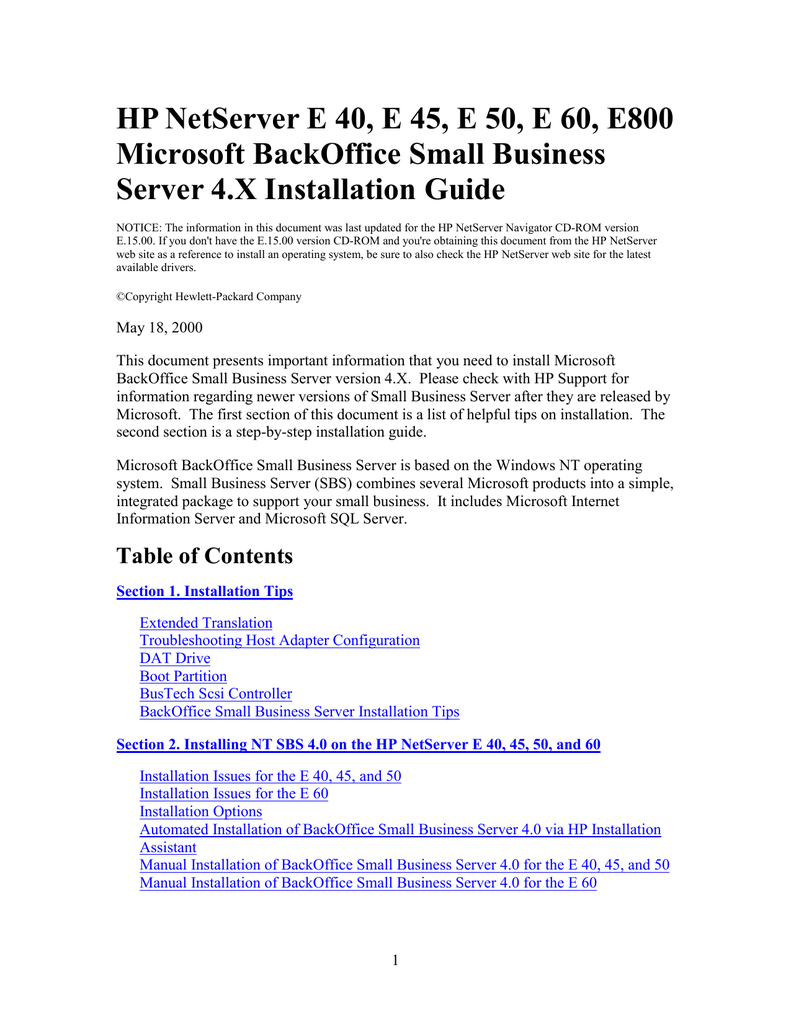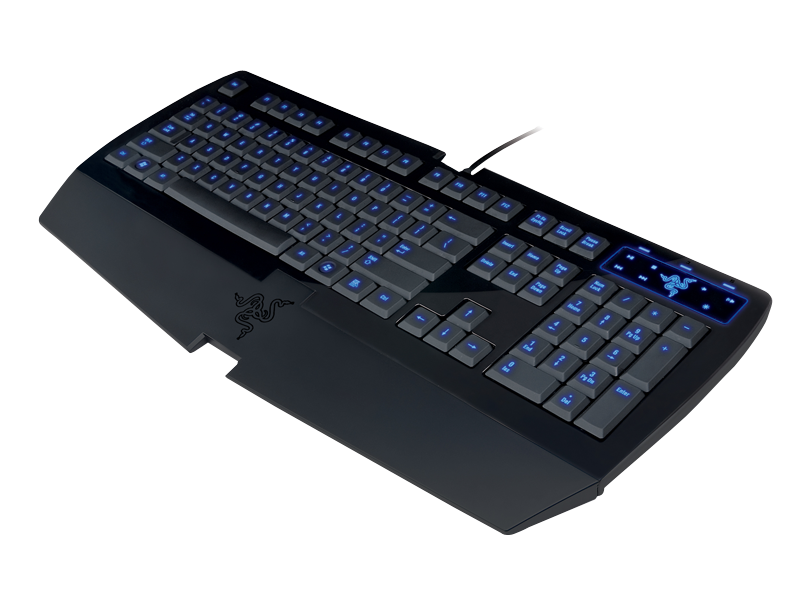by Alessandro Rubini
- Space E800 Port Devices Driver Download
- Space E800 Port Devices Driver
- Space E800 Port Devices Driver Updater
- Space E800 Port Devices Drivers
- Whether you're working on an Alienware, Inspiron, Latitude, or other Dell product, driver updates keep your device running at top performance. Step 1: Identify your product above. Step 2: Run the detect drivers scan to see available updates.
- The hardware version is located beside or beneath the model number and is labeled version, ver. If there is no version number beside the model number on your Linksys product, the device is version 1. If you still have trouble finding your version number, see the complete article to learn more. Select your hardware version.
This article is meant to show the internal structure of devicedrivers for serial ports, and how they can be perform a variety ofservices including ppp and slip. The discussion isbased on 2.4 source code, but most of the material applies equallywell to 2.2 and 2.0.
Once device manager is open, select the device, right click it and click Update Driver Software This will launch the update driver software wizard, which presents two options. Search automatically for updated driver software - its possible Windows might have the driver software if you have not checked it yet, if its taking too long, then the.
The usual view of a serial port
When discussing the software implementation of a serial port, thefirst thing that comes to mind is /dev/ttyS0, as this isthe most known character of serial communication, at least on PC-classcomputers. Since /dev/ttyS0 is a file special file oftype ``char', a serial driver is often considered a conventional chardriver, and phrases like ``char drivers are exemplified by serialports' come to mind. Unfortunately, the exemplification is basicallywrong.
If you look in the real code, you'll see how the ``char driver'idea only scratches the surface of what a serial driver is, and that'swhy a serial driver doesn't quite lend itself to be the prototypicalexample of char drivers.
Actually, the ``char driver' abstraction doesn't correctlydescribe serial device drivers because there is not specific majornumber associated to each of them. Actually, you can have add-onserial ports that plug in your computer and are managed by specifickernel modules but do not get assigned a new major number.
Looking in /proc/devices you'll find that major 4 isassociated to the ttyS driver, but that's a white lie:text-mode console devices belong to major 4 too, and, actually,Linux-2.0 used the more general ``ttyp' name for majornumber 4.
What makes a serial port different from a more conventional chardriver like the printer port or a tape drive is its being part of thetty abstraction. Since a serial communication channel can be used toplug an alphanumeric terminal, a serial device driver must beintegrated in the terminal emulator layer, called the ``tty'abstraction, from the name of ancient tele-type devices (still in wideuse when Unix was being written)
Overview of tty management
Flexible and powerful tty handling is made up of several buildingblocks. You must consider that there exist a huge range of ttydevices, from VGA and frame-buffer based text consoles up to serialcommunication channels and virtual terminals as exemplified by (butnot limited to) the xterm application.
Figure 1 shows the various building blocks that are involved withoperation of a serial driver. Most files live in drivers/char,if not, the directory specified is relative to the root directory ofthe kernel source tree. The figure shows how each building block isregistered (registration is there in order to allow each block to beimplemented as a kernel module).
Figure 1
The image is available as PostScript here
The file fs/devices.c exports the interface used by mostsystem resources to register device drivers, each identified by amajor number). This is how tty_register_driver gets holdof a major number if it needs it to support the new tty driver (anobject that is introduced below). The function is defined bytty_io.c, which also defines the file operations that are usedto act on tty devices. File operation are the driver-specificimplementations of read, write and the other systemcalls that relate to file access.
What serial.c or other serial drivers do in order to runtheir own code is registering a struct tty_driver object.The ``driver' declares the major number and the range of minornumbers it is going to manage, as well as a number of operations itsupports. The operations are concerned with input and output of dataas well as flow control and communication with higher layers. Theimplementation of these operations, together with interrupt handlingand actual input/output of data is the scope of hardwaredrivers for serial ports.
The data flow between user space and the serial device driver,therefore, is mediated by the tty layer, that implementsfunctionalities that are common to all tty-type devices. However, notall of tty management is defined be tty_io.c, most of the policyis define by the line discipline, a software module thatdisciplines how a physical tty I/O line is used. The default linediscipline for Linux is called N_TTY, a name that will beexplained later. If n_tty is active, input data reaches userspace via the usual /dev/ interface and the standard terminalI/O handling (i.e, all the features defined by<termios.h>, that make terminal handling sopowerful and so difficult).
The red line in figure 1 shows the logical flow of data, from thehardware channel up to the user-accessible device special file andbackwards. What keeps it all together is the struct ttydata item, that in itself includes a pointer to all three relevantobjects: the file_operations structure that is used incommunicating with user space, the tty_driver structurethat hosts functions to control real hardware, and thetty_ldisc structure that lists all entry points to thecurrent line discipline.

Why so complex?
Sure this kind of arrangement may look exceedinglycomplex. However, as usual, the extra complexity is meant to makethings ultimately more flexible and powerful. Adding support for newserial hardware may be different from writing a conventional chardriver, but this setup guarantees full tty emulation on all serialports without any code replication or unneeded complexity in thelow-level driver.

Another advantage of this kind of arrangement, possibly even moreimportant than generalized tty support, is in the ability to changethe line discipline associated to each tty device. Unlike typicaldevice drivers, whose task is connecting an hardware device with userspace, a serial driver has nothing to do with user space; data itreceives from the hardware is passed over to the line discipline, anddata it receives from software comes via a line discipline method.
A serial driver, therefore, is not concerned in any way with datatransfer to/from user space. The task is left to the line discipline,together with all the hairy termios handling. This makesit possible for serial data to be steered to a different user-spaceaccess facility than its associated ttyS device special file.
PPP and slip
Whenever you dial your modem with ppp to connect to theInternet, or use the simpler slip communication protocol toconnect the PC to your Linux palm-top, you are exploiting thecomplexity just shown. Both ppp and slip implement theirown line discipline; when either of them is run, the tty device isswitched to a different line discipline in order to detach/dev/ttyS0 from the serial port and keep all of serialcommunication within the kernel.
Figure 2 shows the conceptual layout in the slip case. Ichose not to use ppp in the example to avoid extra complexityor incorrect simplification. In version 2.4 of the Linux kernel theppp software implementation is split in several files (onceagain, it's more structured to be more powerful and avoid codereplication across similar devices). The two protocols behaveotherwise in the same manner.

Figure 2
The image is available as PostScript here
Space E800 Port Devices Driver Download
The role of the slip driver, as shown, is registering both anetwork device (depicted as slip0 and a line disciplinefor tty devices (called N_SLIP). When the tty device isswitched to the new line discipline, TCP/IP communication can begin.The new line discipline sets up data transfer between serial hardwareand the network layer; when it is active, nothing can be read from orwritten to the associated /dev/ttyS device. As soon as thedevice (/dev/ttyS0 or equivalent) is closed, the defaultline discipline is restored. Actually, that's the main reason whyneither slattach nor pppd can exit after setting up thenetwork channel.
The individual data structures
There are three main data structures involved in tty management(and thus, serial communication):
struct tty_struct: this is the data structure that stays at the core of tty management. It includes both of the following structures. An instance oftty_structis created any time a new tty device is opened, and exists until it is last closed. Note that actual code (intty_io.c) is complicated by the need to preservetermiossettings across close and open, at least for some of the ttys (like serial ports).struct tty_driver: this is the low level hardware handling. At open time, the functionget_tty_driverretrieves the driver for the current tty an places it into thedriverfield oftty_struct, where it is further accessed.struct tty_ldisc: the structure is referenced by theldiscfield oftty_struct. At open time the field is initialized to reference n_tty, and user programs can change the current line discipline via ioctl, as explained in a while.
The structures are declared in three different files:tty_struct is a complex structure defined ininclude/linux/tty.h, a header generally devoted to ttyissues. Actually, it is not as interesting to look at as the othertwo, because user modules rarely need to directly interact with it.
include/linux/tty_driver.h andinclude/linux/tty_ldisc.h are devoted exclusively to thedefinition of the relevant data structures. The files carry aprominent comment block that explains the exact role of most of thefields. Unlike tty_struct, both tty_driverand tty_ldisc are actively used by authors of devicedriver modules.
Typically, a kernel module that supports a new kind of hardwaretransmission will implement a tty_driver structure, whilea module that uses generic serial hardware for a new purpose willimplement a line discipline. For example, if you have a specialkeyboard that transmits data via a standard RS-232 serial port, you'll need aline discipline that gathers data packets and send them to eitherthe input mechanism (see drivers/input/input.c andinclude/linux/input.h) or to the generic keyboard driver (usinghandle_scancode(), exported bydrivers/char/keyboard.c).
Listing 1 shows the most important operations declared by thetty_driver data structure, while listing 2 depicts thoseexported by the line discipline. Note that those listings are byno means complete, if you look for authoritative information, you should read the relevant header files.
Data flow in reading and writing
Figure 3

The image is available as PostScript here
Space E800 Port Devices Driver
Figure 3 visualizes how data flows from user space down to hardwareinterfaces and backwards. It refers to the specific case of a standardPC serial port with the default line discipline attached. The logicalstacking of line disciplines (near to user space) and tty drivers(near to the hardware itself) should be apparent.
While writing data is straightforward, the reading process may needsome explanation. Reading is more complex than writing because there'sno direct causal relationship between hardware (that pushes up datawhen it arrives) and user space (that requests data when it needs it).The solution is, as you expected, use of buffering: data received byhardware remains on hold in a kernel buffer until a user space programrequests it; whenever a user program asks for data and the buffer isempty, the program is put to sleep, and is awaken only when the bufferis filled with at least partially. Note that a write buffer exists aswell, however, the write implementation is much morestraightforward because each step towards hardware level is directlydriven by the step above it. There are no uncontrolled delays in datatransmission, and the buffer is only needed to decouple hardwaretransmission from program flow. The figure does not show it forsimplicity.

When tty devices are concerned, the read buffer lives within thetty data structure; while this makes struct tty_structconsiderably bigger, there is no point in keeping the bufferelsewhere: each tty can't transfer data without a buffer, and ttydevices are dynamically allocated so no memory is wasted in buffersfor unused devices.
Actually, tty-related buffering is organized in two levels: kerneldevelopers chose to provide both a ``conventional' buffer, where datais waiting to be eaten by the line discipline (i.e., in the defaultcase, being transferred to user space), and a ``flip' buffer, used byhardware routines to store incoming data as quickly as possible,without the need to synchronize for concurrent access: flip buffersare exclusive ownership of the hardware device, which eventually callstty_flip_buffer_push to deliver data to the tty buffer, wherethe line discipline pulls it from.
It's interesting to note that the flip buffer is laid out as twophysical buffers that are alternatively written to. This allows morereliable operation, as the interrupt handler will always have a wholebuffer available for writing. The function flush_to_ldisc,called by the low-level driver and part of the tty layer (i.e.,tty_io.c), arranges for the flip buffer to be flipped, beforethe interrupt handler returns. This layout, by the way, is whythe flip buffer is called so.
How to use a custom line discipline
Kernel code, as stated, can register a new line discipline with thetty subsystem, and this is also available to modularized code. Youcould, therefore, write your own line discipline and register it.Each line discipline is identified by a number, and a symbolicname for it is available, as common with C programming. Assignednumbers are given a name by include/asm/termios.h.
The default tty line discipline is identified by a number ofN_TTY, PPP uses N_PPP and soon. Unfortunately, no line discipline numbers have currently beenreserved for ``local use', so you can only experiment with thenumbers that are not used on your system. Actually, no official drivercurrently used N_MOUSE, so this is a good bet for yourcustom line discipline.
In order to activate the N_MOUSE line discipline, theuser space program must use this code:
The role of register_serial
If you noted that drivers/char/serial.c exports a functioncalled register_serial, you may wonder what's its role in thetty architecture just outlined. As a matter of facts, the facility isonly an hook offered by the ``standard' serial tty driver in order toeasy run-time addition of standard serial ports. The ``serial' beingregistered is not a whole software module, but rather, only adefinition or parameters to use for the new serial port. Theparameters are described by struct serial_struct, whichin turn is defined by include/linux/serial.h; they are used bythe conventional serial driver, exploiting the de-factostandardization that exists on PC serial ports. You can't use thefunction to register a driver for serial hardware of a different kindthan a 16450 or compatible UART. The list of supported hardware forthe PC platform is found in the array uart_config, inserial.c. Other platforms offer different implementations forregister_serial.
The serial console
Serial ports can also be used as console devices, and this kind offunctionality is separate from tty management. Actually, the consoledevice sits in the lowest levels of Linux, as it must bring criticalinformation out of the system as soon as possible. It just can't beinvolved in all the complexity of tty management. But in version 2.4(as well as 2.2) console management is a world of its own, with itsown data structures and functions that make it very flexible yetreliable. Discussion of such world is best delayed to next month'scolumn.
Verbatim copying and distribution of this entire article ispermitted in any medium, provided this notice is preservedAlessandro is an independent consultant based in Italy. Eventhough he claims to be a programmer, his activity consists mostly inadvocating libre software and documenting what real programmers do.He runs the GNU operating system on his computers, and can thus bereached as
Space E800 Port Devices Driver Updater
rubini@gnu.orgSpace E800 Port Devices Drivers
.